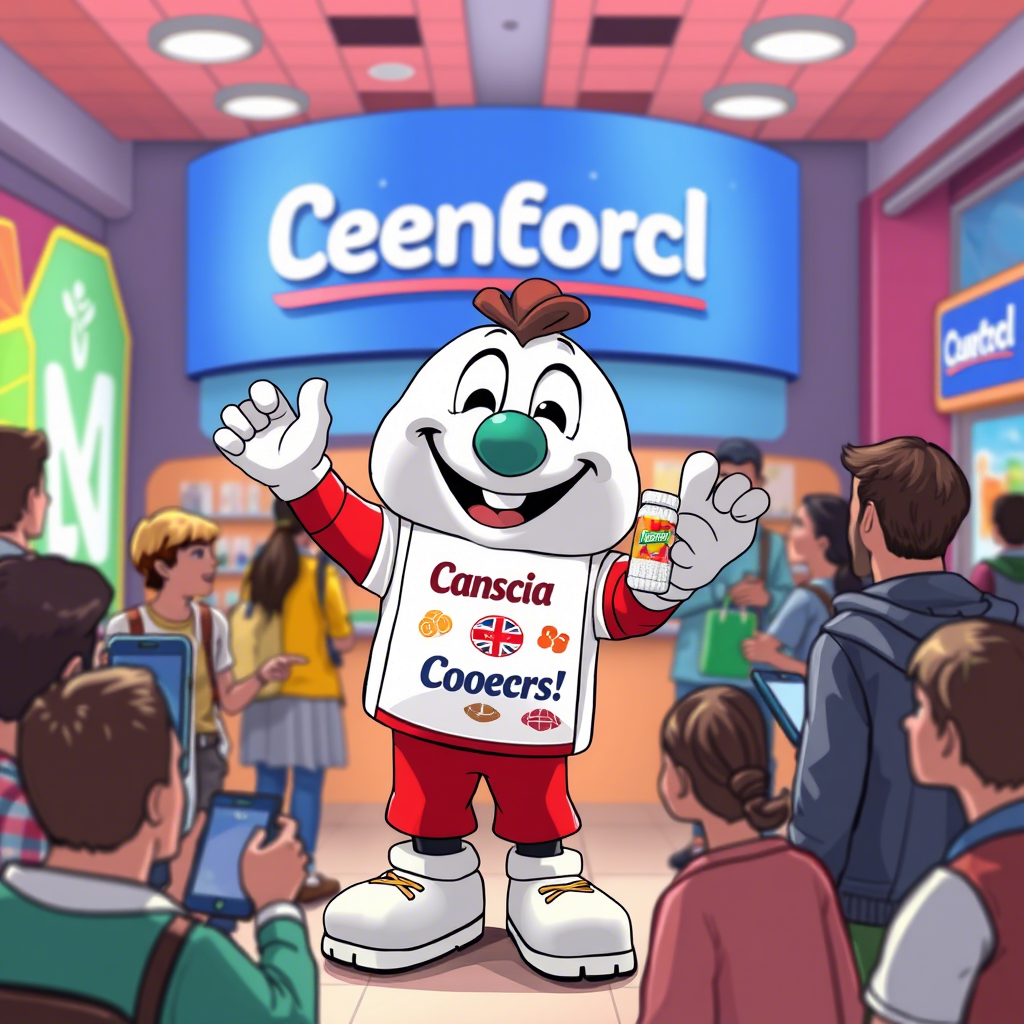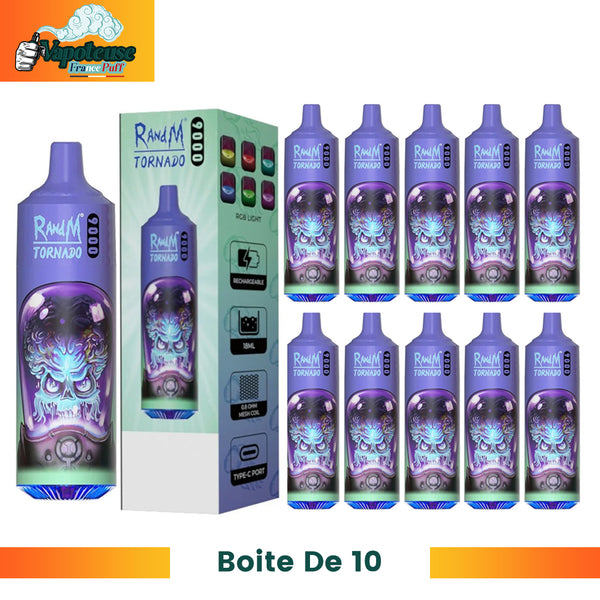The Role of Animated Mascots in Branding & Loyalty
In today’s competitive market, businesses are constantly looking for ways to stand out and connect with their audience. One powerful tool that has stood the test of time is the use of animated mascots. These lovable characters do more than just entertain—they play a crucial role in building brand identity and fostering customer loyalty. From Tony the Tiger to the GEICO Gecko, animated mascots have become iconic symbols of brands we know and love. In this article, we’ll explore why they’re so effective, how they help brands grow, and what the future holds for these charming characters.
What Are Animated Mascots?
Animated mascots are cartoon-like characters designed to represent a brand. Unlike static logos or taglines, mascots bring personality and life to a company’s image. They can appear in advertisements, social media posts, apps, websites, and even physical products. Think of them as ambassadors for your brand—always ready to engage, entertain, and communicate your message.
For example, Pikachu isn’t just a Pokémon character; he embodies adventure, friendship, and fun. Similarly, the Michelin Man represents durability and reliability. These mascots make brands feel relatable and human, which helps customers form emotional connections.
How Animated Mascots Build Brand Identity
A strong brand identity is essential for standing out in a crowded marketplace. It tells customers who you are, what you stand for, and why they should choose you over competitors. Animated mascots contribute significantly to this process in several ways:
1. Creating Emotional Connections
One of the biggest strengths of animated mascots is their ability to evoke emotions. A happy, funny, or quirky mascot makes people smile and feel good about the brand. For instance, the Pillsbury Doughboy’s cheerful giggle reminds us of warmth and comfort, aligning perfectly with the brand’s focus on baking and family moments.
Emotions drive decisions, especially when it comes to purchasing. When customers associate positive feelings with your mascot, they’re more likely to trust and remember your brand.
2. Ensuring Visual Consistency
Consistency is key to building a recognizable brand. An animated mascot ensures that your brand looks and feels the same across all platforms—whether it’s TV commercials, social media campaigns, or product packaging. This uniformity builds familiarity and trust because customers know exactly what to expect every time they encounter your brand.
Take Tony the Tiger, for example. Whether he’s on a cereal box or in a commercial, his bold stripes and energetic personality remain consistent. This consistency reinforces Kellogg’s Frosted Flakes as a trusted household name.
3. Telling Stories That Stick
Good storytelling is at the heart of effective branding, and mascots excel at telling stories. They act as storytellers who convey your brand’s values in an engaging way. The GEICO Gecko is a perfect example. Through clever humor and witty dialogue, he teaches viewers about saving money on car insurance while keeping them entertained.
Stories told through mascots are memorable because they combine visuals, emotions, and narratives into one cohesive package. This makes it easier for customers to understand and relate to your brand.
How Animated Mascots Boost Customer Loyalty
Customer loyalty is the holy grail of marketing. It means customers keep coming back to your brand instead of switching to competitors. Here’s how animated mascots help achieve this:
1. Improving Brand Recall
A well-designed mascot sticks in people’s minds. When you see Tony the Tiger, you immediately think of Frosted Flakes. This instant recognition keeps the brand top-of-mind when customers shop. Studies show that mascots improve brand recall by up to 40%, making them invaluable assets for marketers.
2. Encouraging Engagement
Modern mascots don’t just sit pretty—they interact with customers! Brands now use mascots in interactive content like games, quizzes, and social media challenges. For example, Duolingo’s Owl sends playful reminders to users, encouraging them to stay consistent with their language-learning goals. These interactions create a sense of connection and accountability, which strengthens loyalty.
3. Building a Sense of Community
Mascots often become cultural icons, bringing fans together. Communities form around beloved characters like Hello Kitty or Pikachu, where members share their love for the mascot and the brand it represents. This sense of belonging fosters long-term loyalty because fans feel part of something bigger than themselves.
Tips for Creating Effective Animated Mascots
If you’re considering creating a mascot for your brand, here are some tips to ensure success:
1. Keep It Simple but Unique
Your mascot should be easy to recognize and distinct from competitors. Avoid overly complicated designs that might confuse people. Simplicity ensures that your mascot is versatile and works well across different mediums.
2. Align with Your Brand Values
The mascot’s personality should reflect what your brand stands for. If your brand focuses on sustainability, consider using an eco-friendly animal like a turtle or a tree. On the other hand, if your brand is playful and energetic, go for a lively character like a monkey or a dog.
3. Use Across All Platforms
Make sure your mascot appears everywhere—on your website, social media, product packaging, and advertising campaigns. Consistency is key to building familiarity and reinforcing your brand’s presence.
4. Update Without Losing Essence
As trends change, update your mascot to stay relevant. However, don’t lose its core identity. For example, KFC’s Colonel Sanders has been modernized over the years but still retains his classic charm. Striking this balance ensures your mascot remains fresh without alienating existing fans.
Challenges of Using Animated Mascots
While mascots offer many benefits, there are also challenges to consider:
1. Avoiding Overexposure
Showing your mascot too frequently can lead to fatigue among customers. Balance is important—use your mascot strategically to maintain excitement and interest.
2. Cultural Sensitivity
If your brand operates globally, ensure your mascot doesn’t offend any culture. Research thoroughly before launching internationally. For example, colors, gestures, and symbols may carry different meanings in various cultures.
3. Ethical Concerns
Some mascots may come across as manipulative if they push sales too aggressively. Focus on building genuine relationships rather than forcing transactions. Authenticity is key to earning trust.
Future Trends in Animated Mascots
The world of mascots is evolving rapidly, thanks to advancements in technology. Here’s what to expect in the near future:
1. AI-Powered Storyboard Generator
Creating high-quality animations for mascots used to require significant time and resources. But now, tools like AI-powered storyboard generators are revolutionizing the process. These tools allow brands to quickly prototype and refine mascot-based content, ensuring faster turnaround times and better results. By leveraging AI, companies can create dynamic, personalized experiences that resonate with their audience.
2. Augmented Reality (AR) Experiences
With AR, mascots can jump off screens and into real life. Imagine trying out furniture in your living room with the help of an IKEA mascot guiding you through the process. Such immersive experiences not only engage customers but also enhance brand loyalty.
3. Promoting Sustainability
More brands are using mascots to promote green initiatives. A mascot advocating recycling or ethical practices can inspire positive actions. For example, a friendly dolphin could encourage customers to reduce plastic waste, aligning the brand with environmental responsibility.
Conclusion
Animated mascots are much more than cute characters—they are powerful tools for building brand identity and fostering customer loyalty. By creating emotional connections, ensuring visual consistency, and telling compelling stories, mascots leave a lasting impression on customers. They also boost engagement, improve brand recall, and build communities around shared values.














Post Comment